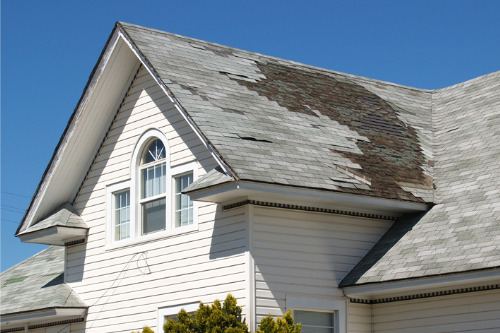

Building and Energy, the building regulator at Western Australia (WA), has released a new report on roof replacement compliance following several cases where replacement roofs have dangerously lifted off during heavy winds in the state.
As part of its monitoring of building standards, Building and Energy worked with James Cook University's Cyclone Testing Station to consider cases of wind damage to re-roofed buildings in cyclonic and non-cyclonic regions in WA over the past 15 years.
The regulator's General Inspection Report found common patterns among damaged properties in the state, including re-roofing work without the required building permits or licenses, and inadequate tie-downs to secure the replacement roof to the house.
“The loss of a roof could cause serious injury or death to people sheltering inside or hit by wind-borne debris,” said Building and Energy executive director Saj Abdoolakhan. “There have been many close calls in WA, including metal sheets and large steel or timber beams propelled up to 100 metres over houses, power lines, and trees before becoming embedded into the ground, fences, or other buildings.”
Abdoolakhan said events like Tropical Cyclone Seroja highlight the significance of careful planning and expert knowledge when changing a roof covering from one material to another to ensure that a lighter roof does not lift off during a wind event.
“Even if a like-for-like material is being used, the roof supports may have sagged or deteriorated over time,” he added.
In all regions, the study found that modified roofs were damaged even when winds did not exceed speeds that building standards require them to withstand.
In response to the report, Building and Energy has published a guide for homeowners on re-roofing. Some pieces of advice include:
“Replacing a roof covering with a different shape or weight will usually require a building permit, and the work will need to be carried out by a registered builder,” Abdoolakhan said.
